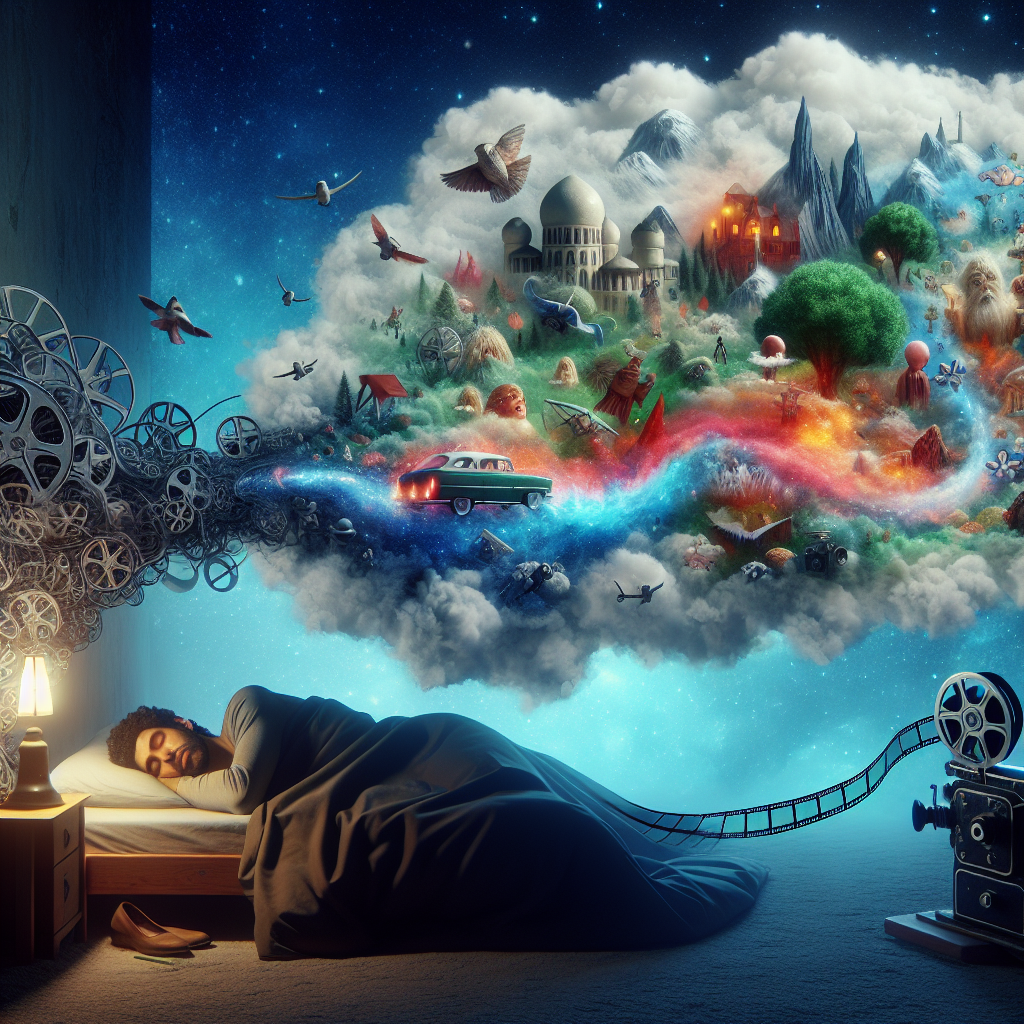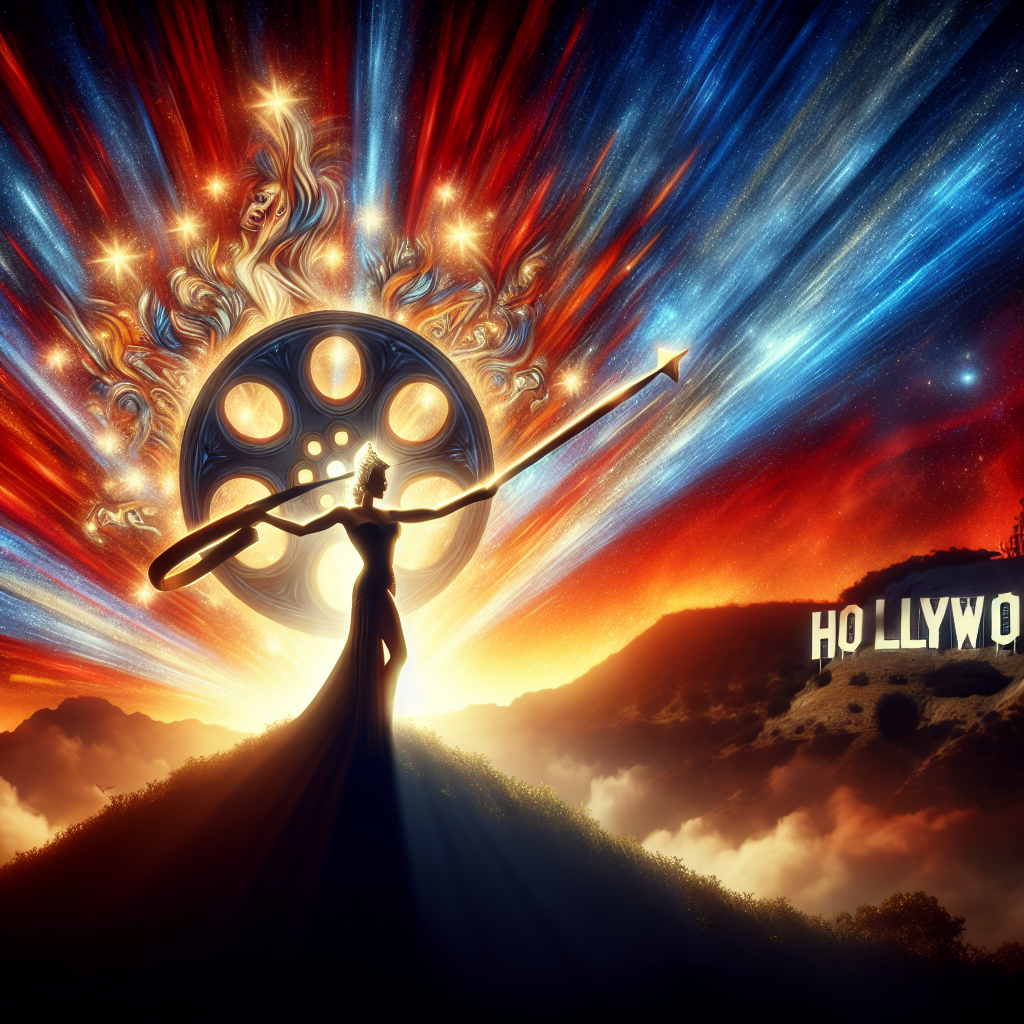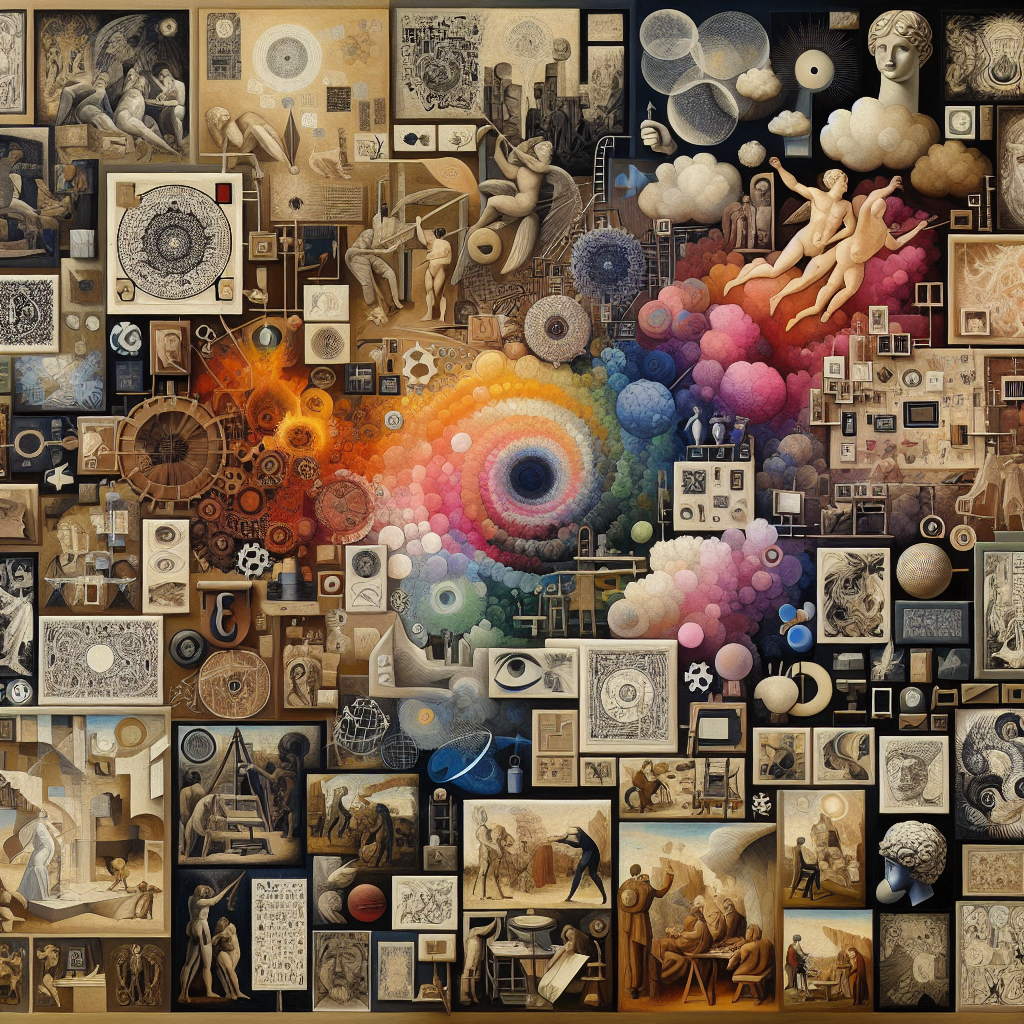There’s something haunting about a film that no one can watch anymore. Imagine a performance that once made audiences laugh, cry, or gasp — now gone forever, the reels melted, burned, or simply vanished. During Hollywood’s Golden Age, roughly from the 1920s to the 1950s, thousands of movies were created, but shockingly, most of them have disappeared. These lost films aren’t just forgotten; they are literally missing — the celluloid ghosts of a bygone era.
In the earliest days of cinema, preservation was not a priority. Film was seen as disposable entertainment — screened for a few weeks, then replaced by the next hit. Studios rarely imagined that future generations might treasure these works as art or history. What’s more, the physical material used for early movies, nitrate film stock, was both fragile and dangerously flammable. Many studios stored reels in warehouses with poor ventilation, and a single spark could erase entire catalogs. Several major fires — at Fox in 1937, MGM in 1965, and others — consumed countless classics. By some estimates, over 75% of all silent films are lost, and even part of the early sound era is missing.
Among the vanished are films that might have changed how we understand cinema today. Take “London After Midnight” (1927), starring Lon Chaney, the “Man of a Thousand Faces.” It was one of the most famous horror movies of its time, but every copy is gone — destroyed in the MGM vault fire. Only still photos and promotional materials survive. Then there’s “Cleopatra” (1917), featuring Theda Bara, Hollywood’s original femme fatale. Its production was legendary, full of lavish sets and scandalous costumes, but the film itself perished decades ago. Even early works by directors like Alfred Hitchcock and John Ford are missing, leaving gaps in their creative evolution that historians can only guess at.
Sometimes, however, lost films resurface in the most unlikely places. In 2010, a nearly complete version of Fritz Lang’s “Metropolis” was discovered in a Buenos Aires archive after being missing for over 80 years. A reel of Laurel and Hardy’s “The Battle of the Century,” thought incomplete, was found in a private collection. And silent comedies by Buster Keaton have reappeared in forgotten attics or mislabeled cans in film vaults. These rediscoveries show how fragile yet resilient cinematic history can be — how art refuses to stay buried forever.
Another surprising reason for film loss lies in the industry’s own habits. Studios frequently recycled film stock to save money, washing and reusing nitrate reels to capture new footage. In other cases, when sound films became the norm, silent movies were simply seen as obsolete. Technological progress ironically led to the erasure of cultural heritage. It’s a sobering reminder that convenience often competes with preservation.
Today, organizations like the Library of Congress, UCLA Film & Television Archive, and the Academy Film Archive work tirelessly to restore and digitize what remains. They use advanced techniques to clean, scan, and reconstruct damaged film — sometimes piecing together lost footage from fragments scattered across the world. The process is slow, expensive, and painstaking, but every recovered second of footage is a resurrection of forgotten artistry.
The tragedy of lost films teaches us that cinema, though immortal in spirit, is physically fragile. Each rediscovery is more than nostalgia — it’s an act of cultural archaeology. Somewhere, in a dusty basement or a mislabeled box, reels still wait to be found, flickering faintly in the dark, whispering stories that once lit up the silver screen.
To learn about these vanished treasures is to glimpse a parallel Hollywood — one filled with masterpieces we can no longer see, yet whose influence still shapes the movies we love today. The Golden Age wasn’t just about glamour and stardom; it was about the birth of storytelling in light and shadow. And though many of its works have faded, their memory reminds us why preservation matters — because even lost films continue to speak, if only through the silence they leave behind.




